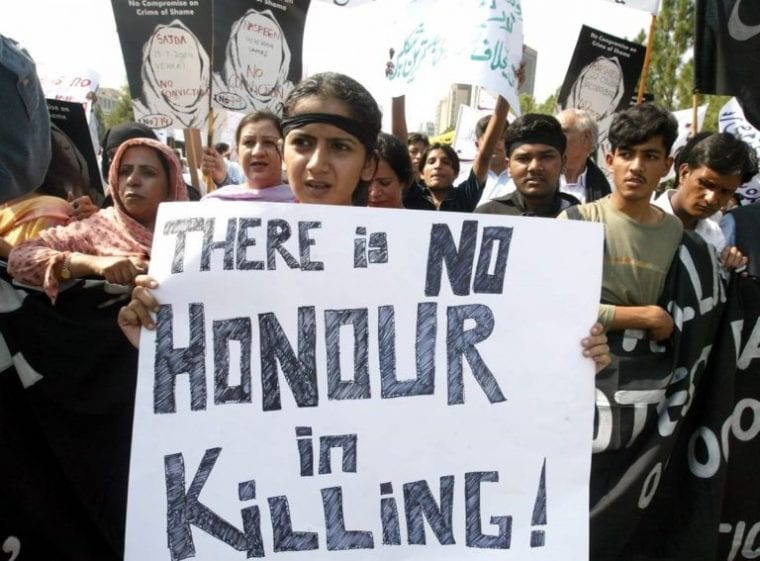M.S. Menon, J.@mdashThe decree-holder in O. S. No. 17 of 1121 of the Munsiff''s Court of Perumbavoor filed an execution petition before that court on 17-1-1955, E. P. No. 36 of 1955. The petition was dismissed by the Munsiff as barred by limitation and the dismissal has been confirmed by the Subordinate Judge of Parur in A. S. No. 199 of 1956. The decree-holder (execution petitioner) has preferred this second appeal. The decree in O. S. No. 17 of 1121 was passed on 11-8-1947. There was an appeal to the District Court of Parur, A. S. No. 2 of 1124. The District Court confirmed the decision of the Munsiff on 6-9-1950. The matter was then taken up before the High Court of Travancore-Cochin in S. A. No. 287 of 1951. The High Court dismissed the second appeal on 25-6-1951. The order of the High Court dismissing the second appeal reads as follows:
This second appeal coming on for admission upon perusing the grounds of appeal, the decrees and judgments of the lower appellate court and the court of the first instance and the material papers in the suit and upon hearing the arguments of Advocate Sri P. A. Krishna Iyer for the appellant, this court doth order that this Second appeal be and hereby is dismissed.
2. The execution petition, as already stated, was filed on 17-1-1955, that is, more than three years after the decision of the High Court in S. A. No. 287 of 1951; but within six years of the decision of the court of first appeal in A. S. No. 2 of 1124. The contention of the appellant which has been negatived by the courts below is that the only decree which can be executed - and which he is seeking to execute - is the decree in A. S. No. 2 of 1124 and as a certified copy of that decree had been registered a period of six years from the date of that decree is available to him (article 166 of the Travancore Limitation Act, 1100: article 182 of the Indian Limitation Act, 1908). The contention of the respondents is that the decree in A. S. No. 2 of 1.124 has merged in the "decree" in S. A. No. 287 of 1951 and as that "decree" has not been "registered" only a period of three years from the date of the second appellate "decree" is available to the decree-holder.
3. We find it impossible to accept the contention of the respondents and sustain the judgments of the courts below. Section 100 of the Code of Civil Procedure, 1908, provides that a second appeal shall lie to the High Court on the grounds specified in that section and section 101:
No second appeal shall lie except on the grounds mentioned in section 100.
A right of appeal or second appeal is not a natural or inherent right; it has to be conferred expressly by statutory provisions in that behalf and is circumscribed and controlled by the terms of those provisions. It is clear from sections 100 and 101 that no second appeal is competent except on the grounds specified in section 100, and if the High Court refused to admit a second appeal on the ground that the requisite grounds do not exist, no question of a merger of the decree of the first appellate court in a decree of the High Court can arise for consideration. It will be a curious result indeed if the period of limitation available to the appellant has to be considered as curtailed by a second appeal of which he had no notice and which was dismissed as incompetent when it came up for admission.
4. The decree to be executed in such a case will continue to be the decree of the first appellate court. The execution of that decree has in this case a period of six years from 6-9-1950, and as E. P. No. 36 of 1955 was filed on 17-1-1955, it has to be held that that petition is not barred by limitation, that the decisions of the courts below are incorrect, and that this second appeal has to be allowed. We do so. The respondents will pay the costs of the appellant here and in the courts below.

